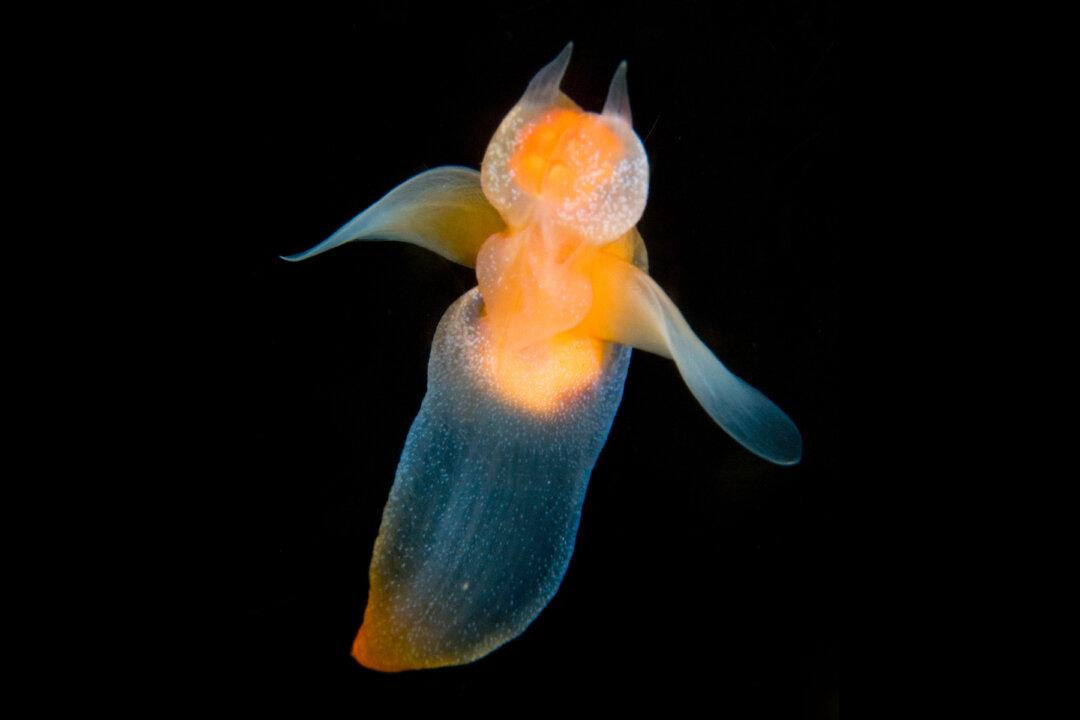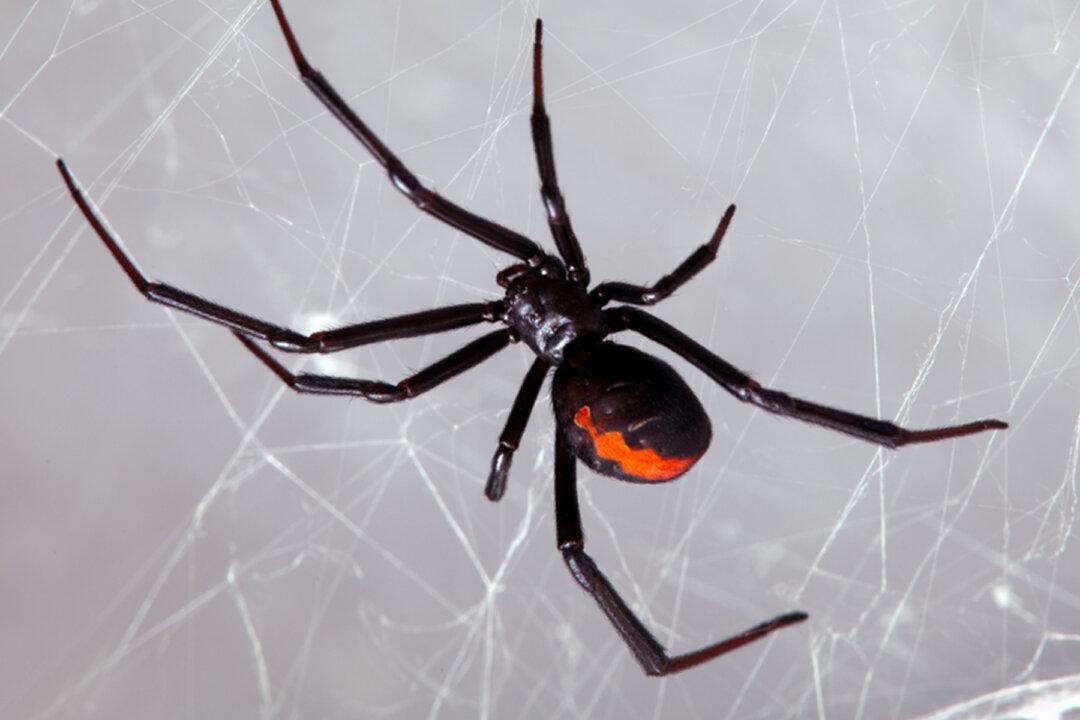A Russian marine biologist who’s dedicated his life to studying the ocean has captured some remarkable images of a tiny species of slug known as the sea angel. Named for their winged appearance, these aquatic creatures’ natural habitat is the freezing-cold northern waters. With luminescent bodies, these mollusks are not just stunning to look at but also a source of fascination for the scientific community.
Marine biologist and photographer Alexander Semenov studies invertebrate animals such as the sea angel. According to his Flickr profile, he leads a team of divers at the White Sea Biological Station, run by the Moscow State University.





